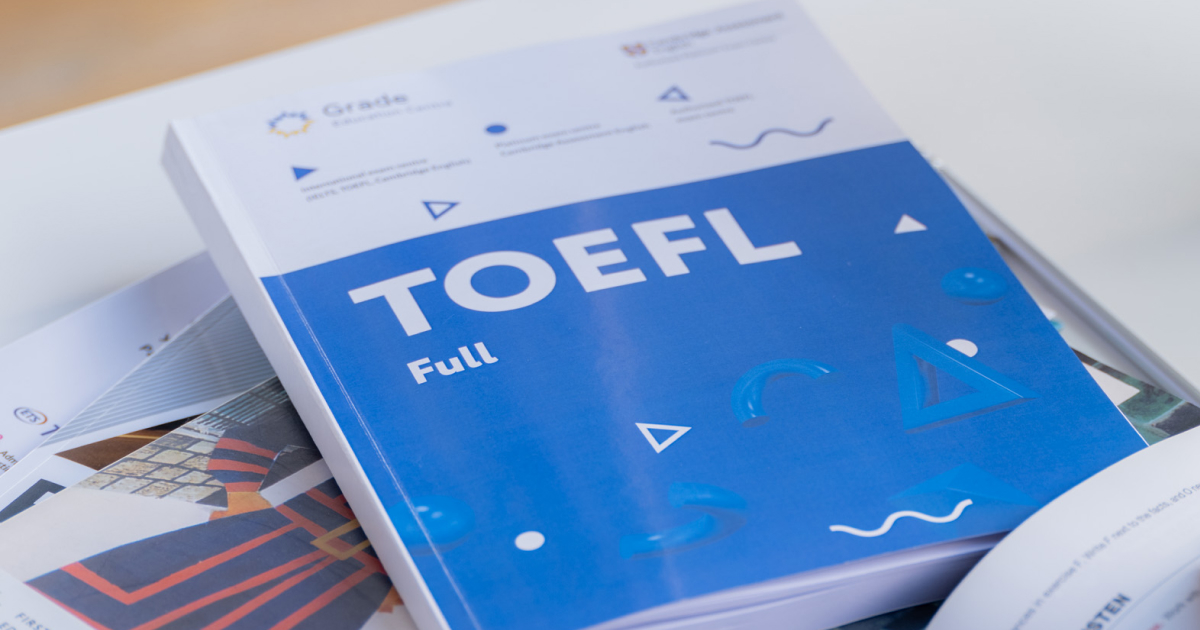What Makes a Good Test
- Teaching qualifications
- Tips & Strategies
- Methodology

11.09.2023
We all want our students to remember everything we tell them for the rest of their lives.
However, the reality is different, and after a while, it turns out that the majority of the rules and words are forgotten, and even the pronunciation is not perfect. Is it about your students?
If yes, this article is definitely for you because after reading it you will get rid of this problem by implementing a new stage to your lesson plan, making it more diverse and memorable and generally boosting your confidence in what you are doing.
So, fasten your seatbelts and let’s go!
Reviewing the concept of the method?
First and foremost, let’s start with the definition.
Drilling is a process of listening to a teacher, a video or an audio and repeating or recreating the material that has been heard.
Drills are a type of a very controlled practice because in every exercise students have no or very little influence over what is said.
There is just one proper response, and accuracy is the ultimate goal.
Drills are often performed chorally, but can also be done individually. Pair and group drills are possible too.
Drilling gained popularity as a part of the audio-lingual method which can be generally characterized by:
However, in the 1960s it lost its popularity as it became clear that audio-lingual method placed too much emphasis on memorization and practice while undervaluing the importance of context and general knowledge in language learning. That is why it fell short of building communicative competence.
Still, we continue using certain elements of this method (like drilling), as it obviously has some advantages.

The importance of drilling can’t be underestimated.
The advantages of implementing various drilling techniques are the following:
Well, are there any cons to using drilling? The answer is yes.
If drilling is done in the wrong way (wrong time, type, material), you may face the following struggles:

Transform your teacher talk
Create dynamic lessons with usAnd now let’s look through the key principles of drilling in order to avoid the problems mentioned above:
On the problems of drilling
The answer is extremely simple: almost anything.
Here are some ideas on potential items for drilling:

Learners must comprehend the drills’ objectives for them to be effective. Nobody benefits from the endless repetition of language that has been stripped of context.
Therefore, studying the meaning must come before drilling.
Whether you choose a PPP model or a task-based approach, drilling may be easily and productively incorporated into many different sorts of classes.
If you are working with spoken language, drilling may come after the language focus stage.
You might wish to incorporate drilling later for corrective purposes if you feel like students could not catch the new material straight away. Or you may use it as a tool for correction after a fluency task.
Just keep in mind that you shouldn’t make it long and repetitive, as it’s almost impossible to make drilling useful if students are bored.
How to correct the mistakes effectively?
The most common way of drilling is repetition drill, which is done in chorus. However, there are so many other ways to drill.
Here are those that we are going to discuss further:

A repetition drill is done simply by repeating the sound, word or phrase. Still, there are plenty of very interesting variation:
| Choral drill | Students repeat the sound, word or phrase in the chorus. Pros: makes students more confident in practicing; Cons: lazy or unmotivated students get a chance to skip the stage by pretending to pronounce the material. |
| Individual drill | The teacher nominates students one by one and asks them to pronounce the material. Pros: you get an clear understanding of every student’s progress Cons: shy students may feel pressured with the attention. |
| Loud drill/ Whisper drill/ High voice drill/ Low voice drill/ Mumble drill | Students are supposed to pronounce sounds, words or phrases in a way the teacher tells them to. Pros: it makes drilling more engaging Cons: it may harm the discipline in YL classroom and seem too childish to the adults |
Of course, simple repetition drills are not the most amusing thing ever. That’s where chain drills and back-chaining might be helpful.
While doing chain drills you are supposed to give a model and name the student who has to repeat a piece of language and nominate the next person.
This is the simplest way to conduct it. However, you may go further: create small dialogues and drill functional language with the help of chain drills.
For example:
Teacher: Are you ready to order, Marta?
Marta: Yes, I would like to have a coffee, Jack.
Jack: Here or to go, Lucy?
Lucy: Here, how much is that, Mark?
Mark: $5,99, Marta.
Marta: Thank you. Keep the change, Jack.
Jack: Are you ready to order, Lucy?
Lucy: Yes, I would like some french fries, Mark…
etc.
More effective strategies for ESL teaching
When it comes to back-chaining, it is particularly good for the pronunciation of long and difficult words.
The idea is the following: you name the syllables one after the other backwards and students repeat.
At the end you get a full word. Here is how you can practice back-chaining with the word “consequence”:
Teacher: wəns
Student: wəns
Teacher: sɪkwəns
Student: sɪkwəns
Teacher: ˈkɒnsɪkwəns
Student: ˈkɒnsɪkwəns
See more examples in the video below:
When using substitution drills students are supposed to change one or two words each time they repeat the phrase.
It is especially effective when students can work in pairs, for example:
Student 1: Have you ever been to Paris?
Student 2: Yes, I have. Have you ever eaten snails?
Student 1: No, I haven’t. Has your best friend eaten snails?
Student 2: Yes, he has. Have you ever been to Norway?
For this task you may prepare some flashcards with the ideas and let students practice by creating a number of small dialogues through substitution.
Here is a video on how it may be done:
Transformation drill reminds of substitution drill, however, it is used mostly for grammar as its main objective is to drill various grammar structures through changing tenses, voice etc.
For example:
– I work at the office every day.
– I am working at the office these days.
– I worked at the office last year.
etc.
You may also see this video for a better understanding:
Undoubtedly, this is the most original type of drilling.
For doing music drills you need to pick up or even create a rhythmic pattern and ask your students to repeat certain words or phrases and follow the rhythm at the same time.
It turns out to be extremely engaging and competitive, so it’s definitely something you need to give a try to.
Here is how music drill sounds:
To sum up, there are so many ways to create fun and not repetitive drilling tasks, avoid students’ boredom and enjoy the benefits of the drilling. What about you? Do you use drilling? What is your favorite type? Don’t forget to share in the comments!
Music can't be used for drilling.
Arina Kravchenko
Author
Teacher of General English & IELTS
Comments
Leave your comment